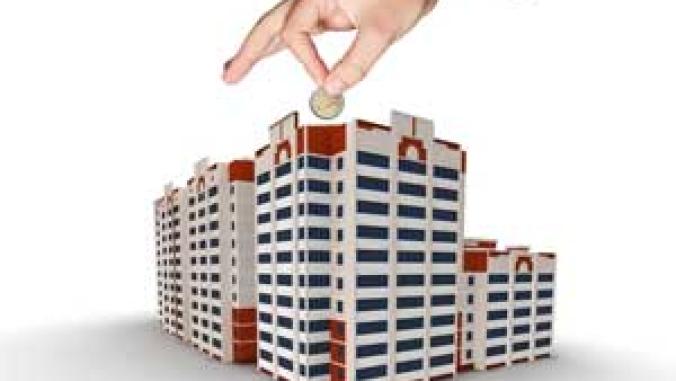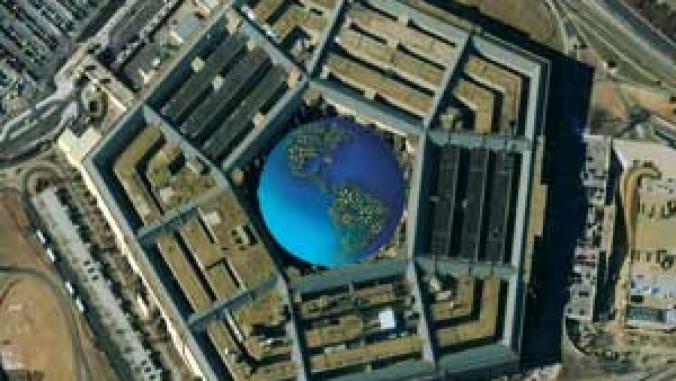Why Quality Information is Key to Greener Buildings
<p>I've been talking a lot about information management in this space lately for good reason: Information will be one of the key drivers and supporters of sustainability in the second decade of this century and beyond.</p>

I've been talking a lot about information management in this space lately. And for good reason. Information will be one of the key drivers and supporters of sustainability in the second decade of this century and beyond.
The nature of information reminds me of one of the key conundrums faced by Robert Pirsig, the author of "Zen and Art of Motorcycle Maintenance" who was searching for a definition of quality, among other things. What frustrated Pirsig, like a man trying to find a corner in a round room, is that you can't really define quality because it's so tied up in personal taste, perspective, etc. Yet across a remarkably wide range of people you can get agreement despite the elusive definition because people know quality when they see it.
Information is kind of like that. We know sharing it is vital and valuable, but quantifying this value is nigh impossible. Ironically, perhaps the clearest indication of the success of the EPA National Environmental Performance Track came after its congressional death sentence. Members of the performance track who wanted to see the program survive formed a new nonprofit called the Stewardship Action Council. The emphasis of this council is the sharing of information and lessons learned on a peer-to-peer basis. Members of this reconstituted organization found the information and information sharing process to be so valuable they wanted to continue it after the EPA program was defunded.
IBM's planned acquisition of Tririga, the enterprise-level real estate tracking and measurement platform, indicates how important the consistent collection and analysis of information is -- particularly across an entire real estate portfolio. This move also is a strong signal backing up IBM's promise to move into the intelligent and green building field, covered in one of my columns earlier this month.
Information on the chemistry of building products and materials has been as elusive as the definition of quality and is one of the key elements holding back better tools and frameworks in this area. People looking for good information in the green materials arena can find a treasure trove in the GreenBiz.com three-part webinar series on green chemistry and its applicability to facility management. This past week, we covered the challenges regarding the definition of risk and weighing and balancing them against each other, which summarizes the second installment of the series called "Benign By Design: Characterizing And Balancing Risk." You can catch the final installment, "Implementing Green Chemistry by the Use of Alternatives Assessments," on March 30 by signing up here.
I was heartened to see my business school alma mater, Columbia, on the list of top green business programs. I can tell you one thing for sure, when I started my MBA program in 2004, the only color green anyone cared about was money. In an executive course, I was one of two people from the nonprofit sector in a class of 120. Initially, audible groans and not so subtle calls of "Shut up!" would greet my (admittedly frequent) classroom comments about environmental issues. But by the end of my second year, people would mention to me environmental tidbits they had seen and heard and did so with genuine interest.
Once people in the real world began to realize that the bottom line of green is black, it increasingly got moved out of the marketing department into more quantitative and operational areas, including -- or especially -- facilities. It's nice to see many of the major "traditional" business schools getting into the act of what was once the purview of small, independent programs such as the Presidio Graduate School and Bainbridge University.
Speaking of timely information, I'm sure there are tens of thousands of LEED Accredited Professionals out there who would greatly benefit from the information in Erin Emery's piece about the approaching deadline for choosing an AP Specialty in Existing Buildings Operations and Maintenance (EBOM), Building Design & Construction (BD&C for New Construction, Core & Shell and most Application Guides), or Interior Design & Construction (for the CI standard and associated Application Guides).
This week's Look-Grandpa-I-picked-up-the-$20-bill-you-said-was-fake-but-it's-real! goes to University of California, San Francisco (UCSF) for its commitment to sustainability, particularly in the laboratory space. Laboratories are at the very pinnacle of energy density per square foot, largely due to the fact that any number of the activities going on in a laboratory at any given time can kill the occupants inside, or large numbers of people outside, if not properly contained and managed. Not surprisingly, containing and managing these hazards requires a lot of energy -- whether it is to ensure that technicians have enough light to see properly, or to ensure that potential hazards are removed and filtered by moving copious quantities of air through the building 24/7.
The UCSF School of Dentistry Mesenchymal's (What, you don't know what that means?) and Craniofacial Research Laboratory's new facelift (was sorry, couldn't resist) earned its LEED certification at the gold level under the Commercial Interiors standard. The newly built center for Regeneration Medicine and Stem Cell Research is aiming for LEED-NC Gold, as is the new cardiovascular research building. Goals for these projects include high levels of water efficiency, a great deal of attention paid to indoor environment quality and significant energy savings. Plus, they're beautiful: The Regenerative Medicine facility earned several awards for its design and construction.
Image from the Tririga white paper, "Crossing the Sustainability Chasm."





